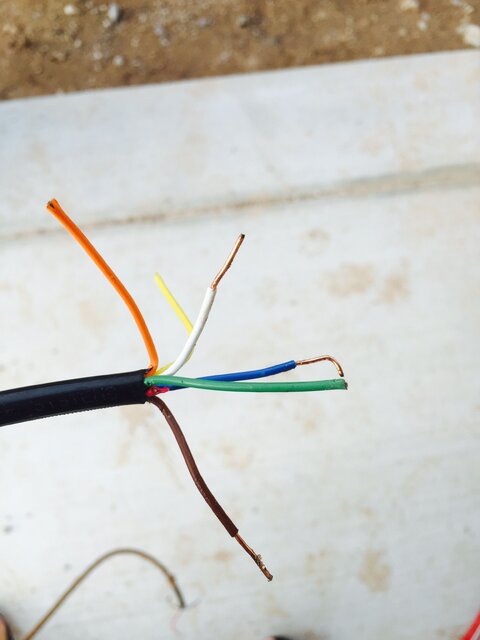I am throwing this up here to see if anyone may know what's going on or what would cause this.
I have been working with Brian on an issue with my ASC1. His support has been really good and we are still working on the root cause of the issue on how to correct it.
So when I command the ASC to move east or west, the servo motor does a rotation with it. When commanded west the servo will also do a counter clockwise rotation. When the asc is commanded east the servo will do a clockwise rotation. This is an issue because the servo hit's it's hard LNB limit and causes the asc to begin a voltage draw on the 5 volt dc port, going down to 3.5 to 3.8 volts before the unit resets.
I am not understanding why the servo motor has to move at all when the dish is commanded to move, and really should only move when commanded to via selecting the H or V pol, or when commanded to move to a certain position within the pol. When the 5volt line is disconnected from the ASC the dish moves fine and obviously the servo doesn't move because no power is applied to the servo.
The other weird part was tonight when I was rewiring everything (soldering) versus screwing the wires on to the wire bridge, I could hear the servo move a bit when the reed switch was connected. Is there any way that the reed switch is causing issues with the servo? Coincidental?
Thanks.
I have been working with Brian on an issue with my ASC1. His support has been really good and we are still working on the root cause of the issue on how to correct it.
So when I command the ASC to move east or west, the servo motor does a rotation with it. When commanded west the servo will also do a counter clockwise rotation. When the asc is commanded east the servo will do a clockwise rotation. This is an issue because the servo hit's it's hard LNB limit and causes the asc to begin a voltage draw on the 5 volt dc port, going down to 3.5 to 3.8 volts before the unit resets.
I am not understanding why the servo motor has to move at all when the dish is commanded to move, and really should only move when commanded to via selecting the H or V pol, or when commanded to move to a certain position within the pol. When the 5volt line is disconnected from the ASC the dish moves fine and obviously the servo doesn't move because no power is applied to the servo.
The other weird part was tonight when I was rewiring everything (soldering) versus screwing the wires on to the wire bridge, I could hear the servo move a bit when the reed switch was connected. Is there any way that the reed switch is causing issues with the servo? Coincidental?
Thanks.


